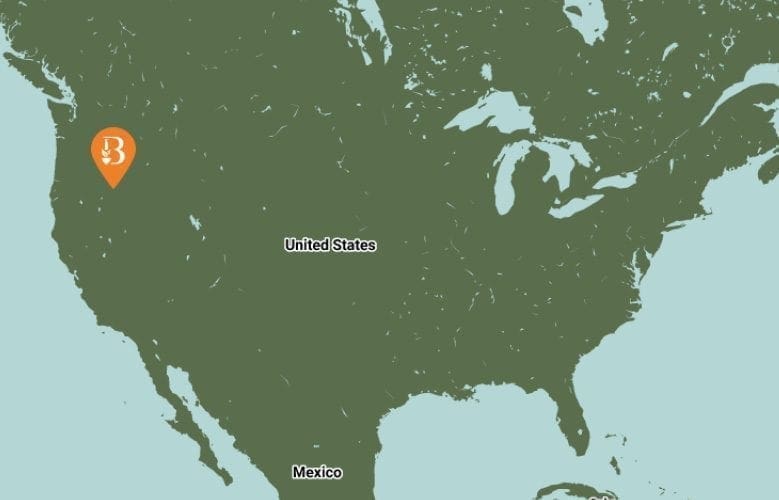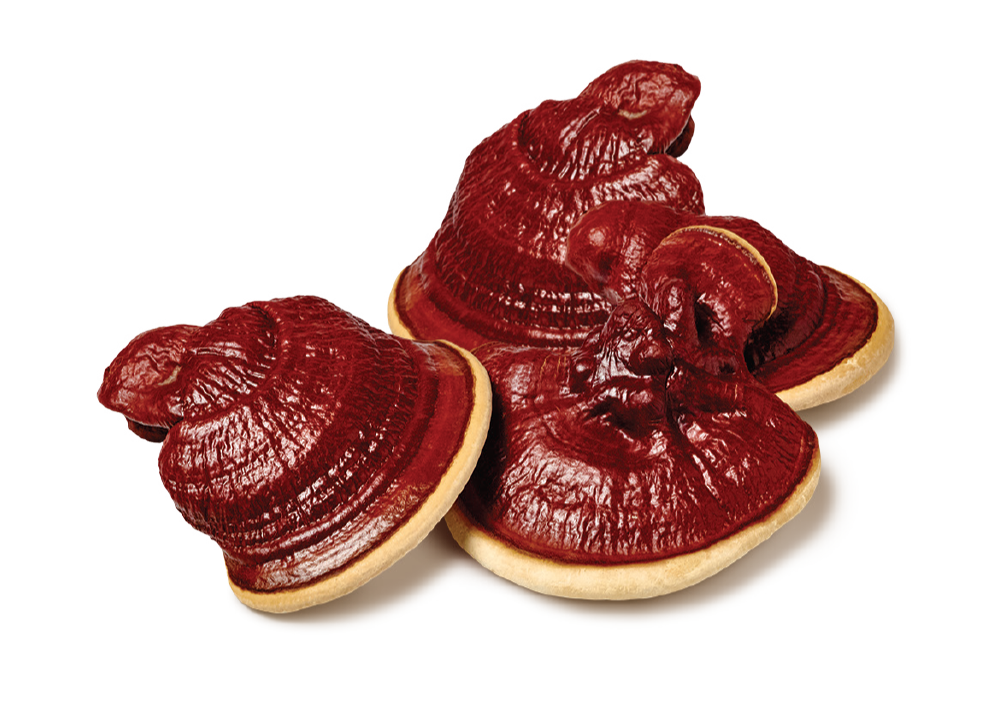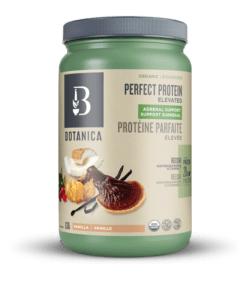Key Health Benefits
• Deep immune activation and modulation (allergies, infections, cancer)
• Stress
• Cardiovascular Health (hypotensive, improves lipid profile, oxygenates blood)
• Blood sugar metabolism
• Antioxidant
• Hepatoprotective
Reishi is a polypore mushroom that grows wild on decaying logs and tree stumps. It is a beautiful glossy, yellowish-red conk. In a similar way that an apple is the fruit of a tree, the red reishi conk is the fruitbody of the mushroom. The ‘tree’ is the rich network of mycelia (or “roots”) that spread down into the earth and can extend out over many kilometres.
Historic Use
Reishi is a hard and bitter fungi that has been used for more than two thousand years in Traditional Chinese Medicine, which makes it one of the oldest medicinal mushrooms known to man. 5 Reishi is called Ling Zhi, which means “spirit plant”. Some of the traditional uses include: tonifying effects, enhancement of vital energy, strengthening of cardiac activity, memory enhancement, and antiaging effects. 6 Although in western cultures we have had an overall fear of fungi, mushrooms have long held a special place in the Eastern materia medica. In recent years, medicinal mushrooms are increasingly being used in cancer treatments to counteract the toxic effects of chemotherapy and radiation therapy. 7
Our Process
Reishi grows wild in the Olympic rain forest. A small sample is eco-harvested and then grown on organic brown rice in a controlled environment. After 4 generations it is certified organic and tested free of over 474 environmental contaminants. The budding mushroom (primordia) is harvested, freeze-dried for superior nutrient preservation, and then heat-treated to activate a number of the medicinal compounds and make them more bioavailable
Source Location: Pacific Northwest of the United States.

References
J. Stansbury, Herbal Formularies for Health Professionals, Vol 2, Chelsea Green Publishing, 2018, 28.
D. R. Yance, Adaptogens in Medical Herbalism, Healing Arts Press, 2013, 538-43
Y. Jianzhe, M. Xiaolan, M. Qiming, et al. Icons of Medicinal Fungi from China (Beijing: Science Press, 1987); and Hong-Yen Shu, Oriental Materia Medica: A Concise Guide )Palos Verdes, Calif.: Oriental Healing Arts Press, 1986), 640-41.
Gui-lin Xiao et al. Clinical Observation on Treatment of Russula subnigricans Poisoning Patients by Ganoderma lucidum Decoction, Chinese Journal of Integrated Traditional and Western Medicine, 23, No 4 (2003): 278-280
Kenneth Jones, Reishi: Ancient Herb for Modern Times (Issaquah, Wash.: Sylvan Press, 1992), 6.
S. Wachtel-Galor, J. Yuen.J.A. Buswell, and I. F. F. Benzie, “Ganoderma lucidum ILingzhi or Reishi) a medicinal mushroom.”
Jones, Reishi; Terry Willard, Reishi Mushroom: Herb of Spiritual Potency and Wonder (Issaquah, Wash.: Sylvan Press, 1990), 11.






